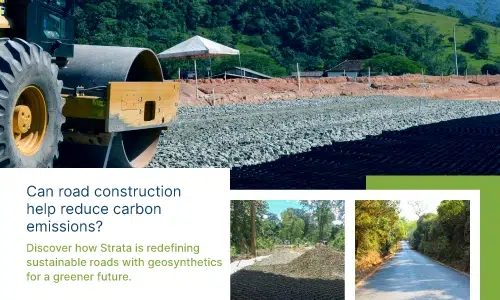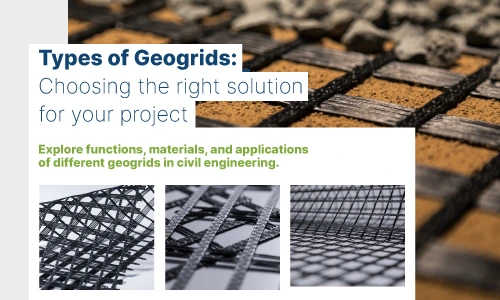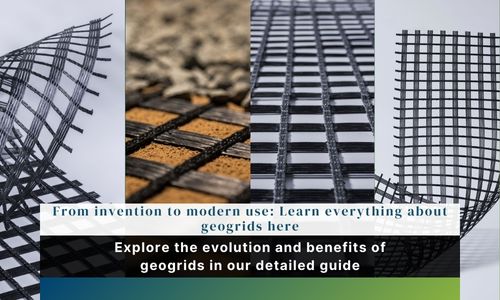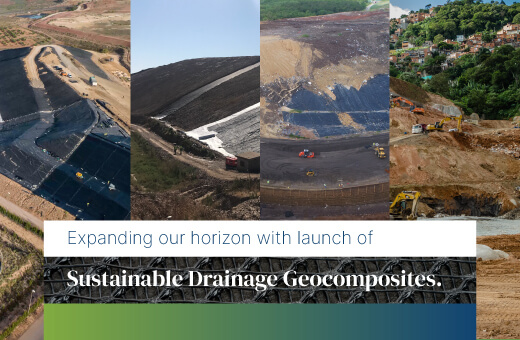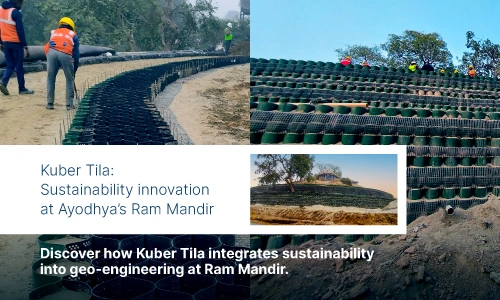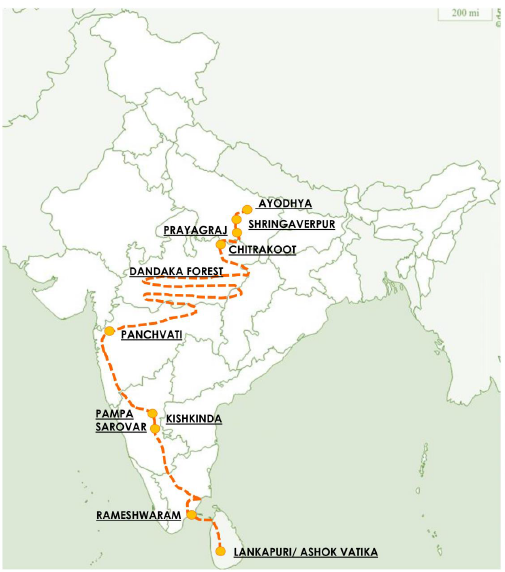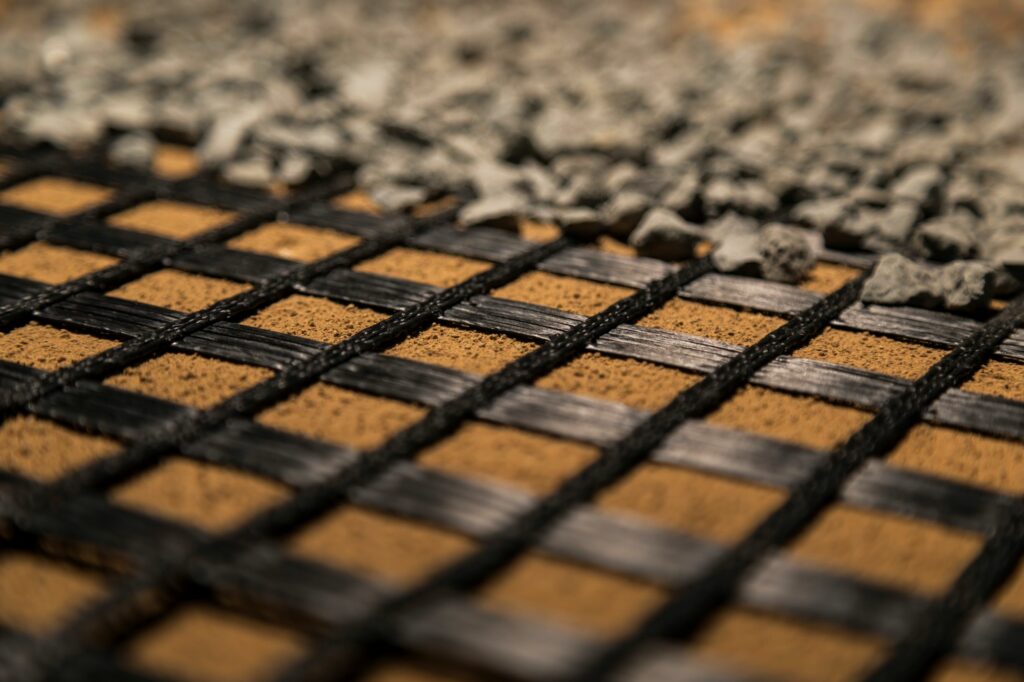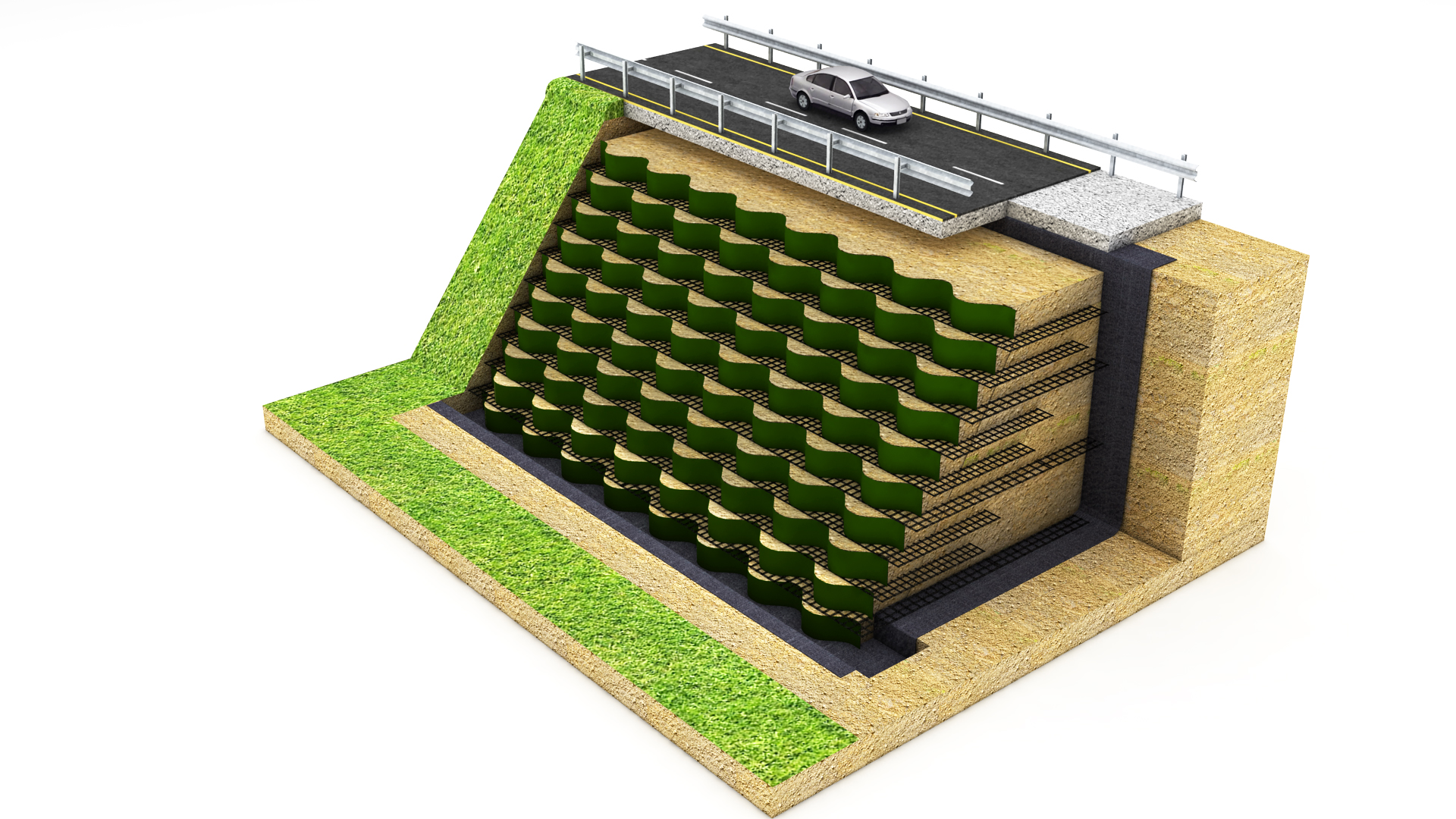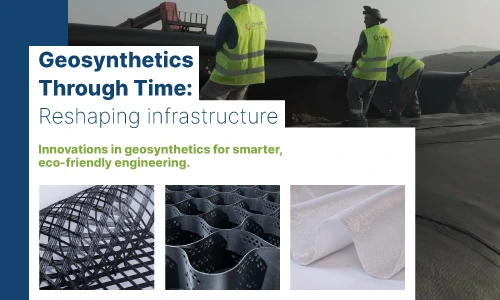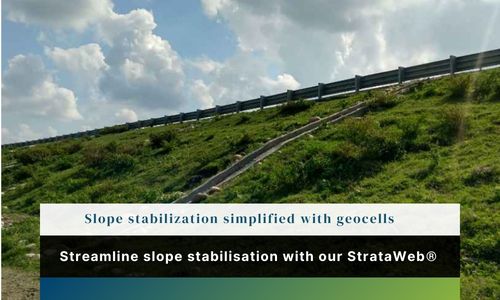How does StrataDrain™ cut civil work time? The invention of geosynthetic products has not only revolutionized the construction industry but also changed its facets. Strata Geosystems has been a global leader in the manufacture of geosynthetic material and the evolution of soil reinforcement technology. As trusted manufacturers and suppliers of constantly evolving requirements, we serve… Continue reading How does StrataDrain™ cut civil work time?
Category: Media Blog
Can road construction minimise carbon emissions?
Can road construction be carbon neutral? Road construction relies on resource-intensive practices, influenced by the soil mechanics of the development site. Each region poses unique challenges, often addressed through traditional solutions. Here, partnering with a geosynthetics manufacturer like Strata Geosystems can provide infrastructure companies with cost-effective and sustainable solutions for pavement design. Strata Geosystems offers… Continue reading Can road construction minimise carbon emissions?
What are the different types of geogrids?
What are the types of geogrids and their uses? Geogrids, a subclass of geosynthetics, are synthetic materials used in civil engineering for improving soil stability, reinforcing structures, and facilitating drainage. For certain uses, these mesh-like structures, made of polymers like polyester, polypropylene, or polyethylene, provide versatile strength and stability. When combined with the proper infill,… Continue reading What are the different types of geogrids?
How does gas venting and gas leak detection help make landfills safe?
How does gas venting and leakdetection improve landfill safety? One of the primary challenges in landfill management is the accumulation and migration of landfill gases, such as methane and carbon dioxide, which are byproducts of organic waste decomposition. Without proper venting and detection systems, these gases can cause explosions, fires, and other hazardous conditions, not to… Continue reading How does gas venting and gas leak detection help make landfills safe?
How geosynthetics are maximizing landfill airspace through vertically expansion?
Geosynthetics maximizing landfill airspace through vertical growth Landfill expansions became necessary as early as the 1980s, when the term “piggyback landfill” was introduced. With the ever growing population, the need to identify or maximize sites containing waste was a necessity. Today, the need for landfill expansion has increased due to growing populations, expanding city limits,… Continue reading How geosynthetics are maximizing landfill airspace through vertically expansion?
What is a geogrid?
What is a geogrid? Geogrids are geosynthetic materials used for reinforcement and stabilizing soil structures. They have high tensile strength and a higher elastic modulus than soil, allowing them to distribute loads more effectively and provide better reinforcement in construction applications than they otherwise would. Geogrids can be used in soil reinforcement, reinforcement of retaining… Continue reading What is a geogrid?
Expanding Horizons with Launch of Sustainable Drainage Geocomposites.
Expanding our horizon with launch of Sustainable Drainage Geo composites As we stand on the precipice of a new era in infrastructure, the terrain below us holds secrets waiting to be unearthed. The modern world is not just built on dreams and visions, it’s constructed atop pioneering geotechnical innovations. Among these, drainage composites are the… Continue reading Expanding Horizons with Launch of Sustainable Drainage Geocomposites.
How Strata Geosystems created an eco-friendly solution for Kuber Tila at Ram Mandir, Ayodhya?
How were geosynthetics invented?
How were geosynthetics invented? Geosynthetics, an innovation in civil engineering, have significantly transformed civil engineering practices and infrastructure development. Geosynthetics belong to a class of polymers and have numerous applications across various industries. Among the most common is its use in soil stabilization –a practice that has ancient origins, and has led to growth… Continue reading How were geosynthetics invented?
What are the Benefits of Using Geocell for Slope Stabilization?
What are the Benefits of Using StrataWeb® for Slope Stabilization? Slope stabilization is critical to land management, particularly for areas with steep inclines or hillsides prone to erosion. Numerous options are available for slope stabilization solutions, but one of the most influential and innovative uses is geocell. A geocell is a reinforced cellular confinement system consisting of… Continue reading What are the Benefits of Using Geocell for Slope Stabilization?


